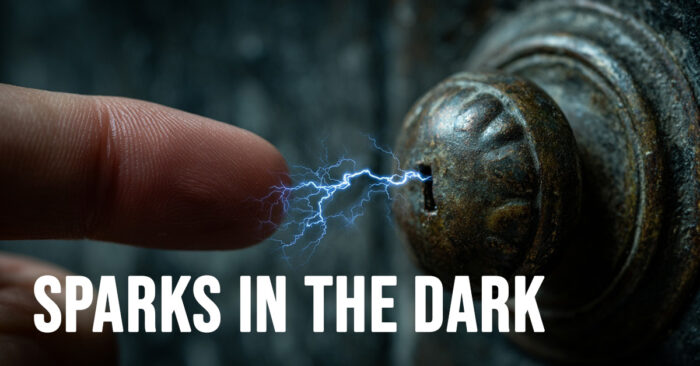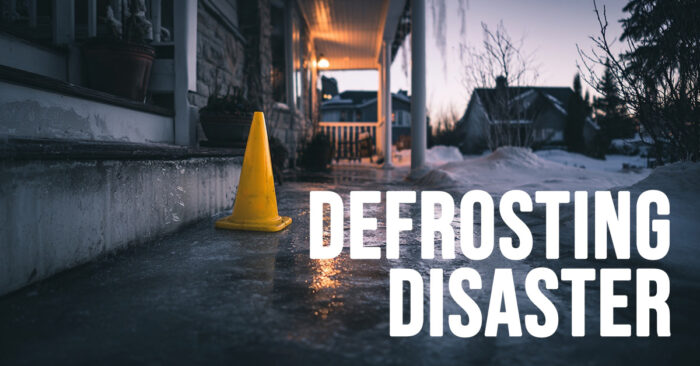Home Wiring Basics

Home Wiring Basics
Your home’s wiring is like its nervous system, sending electrical charges and energy through your home. Wiring, however, has changed through the years, in some cases, pretty dramatically. Here are some home wiring basics you should know.
Why Your Wiring is So Important
Home wiring is covered by standards or codes that are required to be met. These electrical codes govern wiring and help keep homes safer. If changes are made that don’t meet these codes or standards, not only could your home become less safe, but it could become difficult to sell if caught by some future home inspector.
The Difference Between a Wire and a Cable
While often used interchangeably, there is a difference between a wire and a cable. A wire is a single conductor of electricity, whereas a cable is two or more wires contained in the same jacket.
Types of Wiring Through the Years
Like rings in a tree trunk, wiring can often tell the age of the home in which it is contained. Here are some examples through the years.
- Knob and Tube Wiring– Extremely popular from the 1890s through the early 1900s, knob and tube wiring ran “hot” and neutral wires separately through the home using porcelain insulators and tubes. Wiring was often coated with a rubberized cloth coating. Many old homes still have remnants of this type of wiring in place, and in some cases, in use. It is considered unsafe by today’s standards because it is not grounded.
- Flex or Greenfield Cabling– From 1920 through the forties, metal flex cables became popular in homes because they offered more protection for wires, flexibility, and when installed properly, were grounded. They still didn’t contain separate grounding at outlets, however.
- Non-Metallic Sheathed Cable– Through the 1930s, a first generation of sheathed cables became popular for their ease of installation. They contain both hot and neutral wires wrapped in one cable of rubberized cloth. It was still ungrounded and was found to only have a lifespan of about 25 years. If found today, it should be replaced.
- Metal Conduit– This metal tubing allowed for individual wires to be pulled through it and gained popularity in the 1940s. The metal tubing also provided an effective ground. Metal conduits are still used today in many homes, especially where wiring may be exposed.
- Modern NM Cable– This more modern cabling has both hot and neutral wires that are contained in a durable and flexible vinyl material. It is long-lasting, flexible and easy to install and is found in virtually all modern construction.
Old wiring is one reason home insurance can be more expensive for older homes. If you are unsure of the age of the wiring in your home, contact a trusted electrical contractor.
If you haven’t had a homeowners’ insurance policy review in years, we invite you to contact one of our independent agents. Your review and price quote is free and comes without obligation.
Do you have questions about your insurance? Find an insurance agent near you with our Agent Finder
Search All Blogs
Search All Blogs
Read More Blogs
Sparks in the Dark: The Shocking Science (and Solutions) of National Static Electricity Day
Why does everything zap you in January? Celebrate National Static Electricity Day by learning the science of the “winter spark” and how to stay grounded.
The Digital Clean Slate: Securing Your Business Cyber Insurance
Digital organization is key. An audit of your cyber policy and MFA security measures is vital to meet 2026 insurance requirements and lower premiums.
The Healthy Policy: Leveraging Your January Wellness Resolutions for Life Insurance Savings
Did you resolve to get healthier? Your improved fitness can translate into lower life insurance premiums in the new year.
Post-Holiday Adjustments: Auditing Your Auto Policy for New Drivers and Commute Changes
Did a student driver leave for school or return home? Update your auto policy’s garaging address and drivers to avoid huge claim issues.
New Year, New Value: How to Audit Your Home Insurance for Proper Coverage
Kick off the year by checking your policy. Ensure your home’s replacement cost is up-to-date and your new holiday gifts are properly scheduled.
Cinnamon, Cocoa, and Contentment: The Hygge Approach to December Holiday Feasting
Ditch the stressful feast! Simple, warm, and comforting recipes and rituals to bring the cozy Danish concept of Hygge to your holiday table this December.
Guard the Till: Insuring Your Business Against the Holiday Spike in Employee Theft and Fraud
Internal threats are highest in December. Secure your inventory and cash flow with Commercial Crime Insurance (Fidelity Bonds) to protect against employee dishonesty.
The Family Legacy: Why December is the Time to Name a Trust as Your Life Insurance Beneficiary
Protect your payout. Discover the benefits of naming a Trust as the beneficiary of your life insurance to control distributions and minimize probate delays.
Customizing Cold Protection: Essential Auto Insurance Endorsements for Winter Driving
Standard coverage isn’t enough for winter. Learn about Gap, OEM, and specialized endorsements to fully protect your vehicle and costly winter accessories.
Defrosting Disaster: The Costly Liability of Ice, Water, and Frozen Sidewalks in December
Frozen sidewalks, overflowing sumps: A December guide to home insurance liability and water damage coverage, and how to avoid costly claims.









